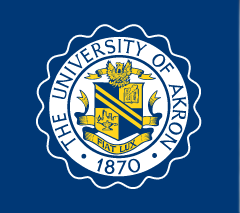Abstract
The purpose of this Article is to analyze the ways in which Section 501(c)(3) organizations take part in lobbying activities while still maintaining their tax-exempt status. This topic is crucial as we revisit these same issues at all levels of government every election season.
This Article examines the Tax Code, treasury regulations, revenue rulings, case law, and scholarly research. Its purpose is to provide a detailed analysis of the current law and how exempt organizations can apply it in practice. To achieve this goal, this Article is broken down into seven parts. Section II provides the statutory framework under which Section 501(c)(3) organizations operate. Sections III and 1V examine the "substantial part" test and the Section 501(h) expenditure election, respectively. If an organization routinely fails both the "substantial part" test and the Section 501(h) test, then it should establish an affiliated Section 501 (c)(4) organization, which is covered in Section V. Section VI attempts to tie all the rules together for the "substantial part" test, the Section 501(h) election, and the use of a Section 501(c)(4) affiliate. Section VI then provides a proposal on how Section 501(c)(3) charitable organizations advance their tax-exempt purposes through lobbying while still protecting their tax-exempt status during campaign seasons. Section VII offers some final thoughts on why the study of this area of the law is so important.
Recommended Citation
Willingham, Daniel C.
(2013)
""Are You Ready for Some (Political) Football?" How Section 501(c)(3) Organizations Get Their Playing Time During Campaign Seasons,"
Akron Tax Journal: Vol. 28, Article 3.
Available at:
https://ideaexchange.uakron.edu/akrontaxjournal/vol28/iss1/3
